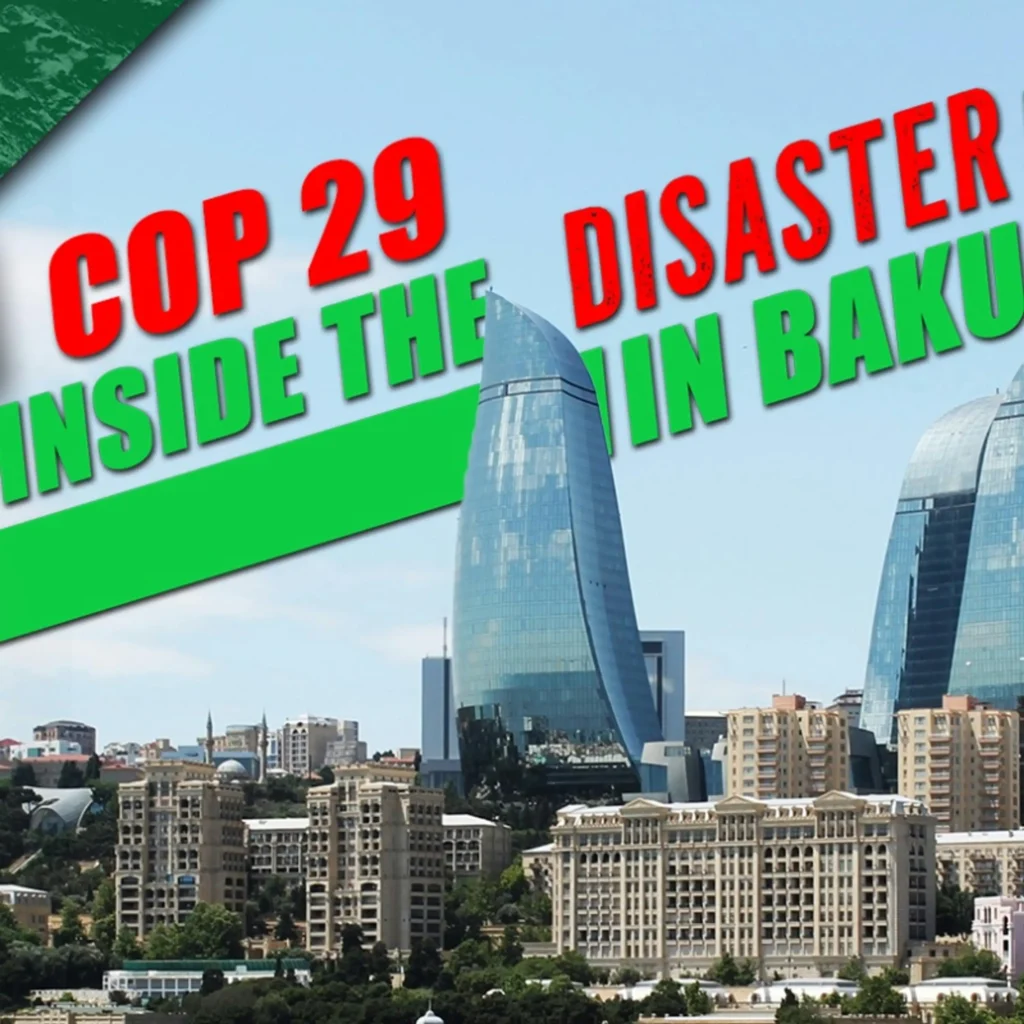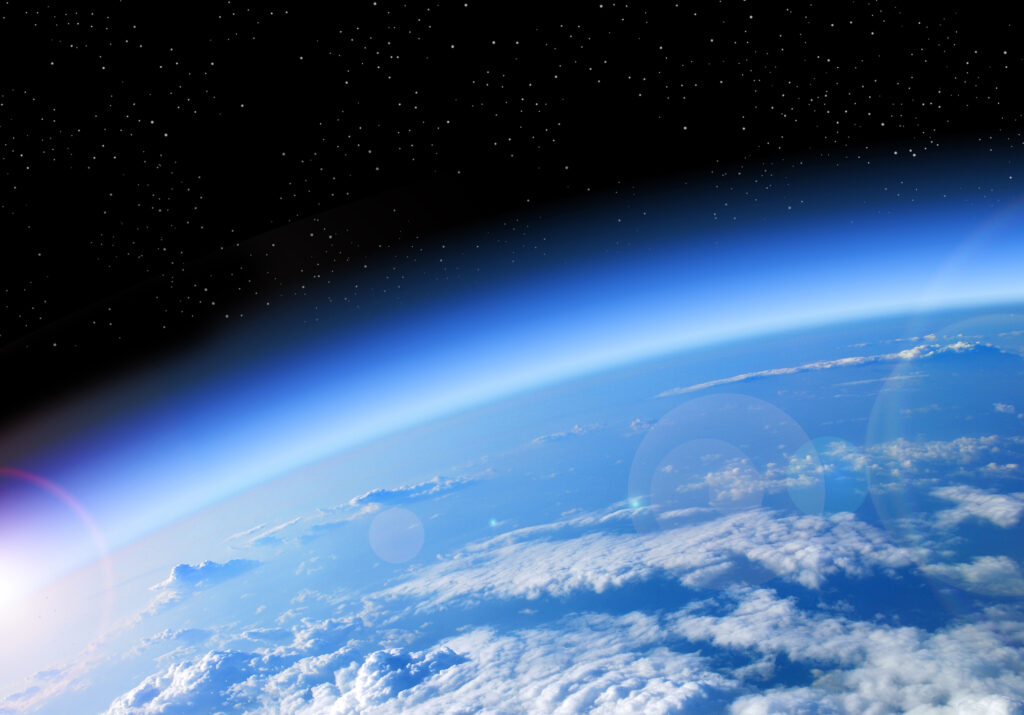Subscribe here.
Another week, another climate myth to explode. As we’ve all been holed up in our COVID-19/#WokeRiot bunkers, climate alarmists remained hard at work spinning ever-more climate lies—fairy tales that were mostly ignored as everyone followed daily infection and death numbers from the coronavirus and then which statue was torn down or downtown seized during the Antifa/Black Lives Matter protests.
Among the falsehoods alarmists persist in pushing regardless of the news cycle is the claim that human-caused climate change is pushing polar bears to the brink of extinction. The data proves that their claim is false.
Most recently, the BBC, CBS, New Scientist, the New York Times, and Science Alert, among other media outlets, ran stories hyping a new Nature Climate Change report titled “Fasting season length sets temporal limits for global polar bear persistence.”
The BBC’s uncritical coverage of the report is typical. In “Climate change: Polar bears could be lost by 2100,” the authors write, “Polar bears will be wiped out by the end of the century unless more is done to tackle climate change, a study predicts. Scientists say some populations have already reached their survival limits as the Arctic sea ice shrinks.”
The decline or extinction of some or all polar bear subpopulations would truly be a tragic consequence of climate change if it were true, but it’s not. Polar bear researcher Susan Crockford points out the study’s claims are based on projections of extreme, unrealistic warming scenarios, not data. In addition, Crockford notes the study extrapolates population declines across the entire polar bear range based on one subpopulation in western Hudson Bay which is, in fact, probably stable based on the most recent population estimates.
The Global Warming Policy Foundation recently published Crockford’s report, The State of the Polar Bear 2019. Crockford notes there is a wide range of estimates for current global polar bear population numbers because the various subpopulations have been counted using different methods at different times. Crockford writes, “In September 2019 a new status assessment was added to the [Polar Bear Study Group] PBSG website … and that document gives the 22,000-31,000 global estimate. [A] plausible and scientifically defensible ‘best-guess’ estimate at 2018, extrapolated from ‘known’ to ‘unknown’ subpopulations within sea ice ecoregions …, would be about 39,000 (range 26,000-58,000), although a more pessimistic best-guess based on a greater variety of ecosystem traits (including prey diversity and sea ice cover) came out much lower, at 23,315 (range 15,972-31,212).”
Even the worst-case estimate of the current population of polar bears is far higher than the 5,000 bears believed to have existed in the early part of the 20th century and the 10,000 estimated for the 1960s. This means global polar bear populations have grown even during the recent modest period of warming.
Breaking the polar bear population numbers down by subpopulations, of which polar bear experts count 19 based on the different eco-regions they inhabit, 14 populations are best considered “presumed stable or increasing,” two subpopulations have “increased” or “likely increased,” and populations in three ecoregions are “stable or likely stable,” Crockford’s survey of the literature shows.
The authors of the Nature Climate Change report add insult to injury by basing their projections of polar bear population decline on the indefensible worst-case greenhouse gas concentration scenario, Representative Concentration Pathway 8.5 (RCP8.5), the absurdly high emissions scenario described in the Intergovernmental Panel on Climate Change’s (IPCC) Fifth Assessment Report.
RCP8.5 and the climate projections based on it have been heavily criticized in the peer-reviewed literature. “The RCP8.5 climate forecast was recently exposed in a peer reviewed paper published earlier this year by Zeke Hausfather and Glen Peters as being an implausible ‘worst-case’ scenario that assumes an unrealistic 500 percent increase in coal and a 6℃ rise in global temperature by 2100,” writes Crockford. In January, the BBC itself described the peer-reviewed critique of RCP8.5 cited by Crockford; the news agency is now touting a polar bear disaster study based on model projections it previously acknowledged scientists have shown to be flawed.
The best evidence is polar bears evolved from brown bears between six million and 480,000 years ago and still occasionally interbreed with them where their ranges overlap. Although polar bears are uniquely adapted to the Arctic region, they are not wedded solely to its coldest parts, nor are they restricted to a specific Arctic diet. In addition to a variety of seal species, they eat eggs, fish, kelp, caribou, ducks, sea birds, berries (when available), reindeer, small mammals, and hunted or scavenged whales and walruses. Across multiple ice ages and interglacial periods, polar bears have been subject on many occasions to periods much warmer than at present, with higher sea levels and less sea ice, coming through with flying colors.
“The combination of inappropriately using Western Hudson Bay data as a proxy for the response of all other subpopulations of bears to future sea ice levels, coupled with the dependence of the model on the most extreme and now discredited RCP8.5 climate scenario, is all that’s needed to dismiss it as exaggerated-fear-mongering-by-proxy,” says Crockford in a press statement released by the Global Warming Policy Forum. “Why would anyone believe that the output of this new model describes a plausible future for polar bears?” Crockford asks. That’s a good question, for which there is no legitimate affirmative answer based in science.
But then, the climate crisis delusion is not truly about science, is it? As its most fervent, intolerant proponents have shown time and again, it’s about politics and power, pure and simple.
— H. Sterling Burnett
SOURCES: Nature Climate Change (behind paywall); BBC; BBC; Global Warming Policy Foundation; Global Warming Policy Forum; Climate at a Glance; The Heartland Institute
IN THIS ISSUE …
CLIMATE MODELS GET VOLCANIC, SOLAR IMPACTS WRONG … CARBON DIOXIDE SOURCE NUMBERS TELL THE TALE … NO LINK FOUND BETWEEN CLIMATE CHANGE AND EXTREME WEATHER LOSSES
CLIMATE MODELS GET VOLCANIC, SOLAR IMPACTS WRONG
In a recent study published in Geophysical Research Letters, a team led by Petr Chylek of the Los Alamos National Laboratory in New Mexico explains the discrepancy between global climate models’ projections of global average temperatures and actual temperatures, which the models overestimate.
Chylek et al. explore two possible sources of the discrepancy between model temperatures and actual temperatures: “(1) a failure of the models to properly account for aerosol forcings from volcanic eruptions and (2) a general underestimation of solar forcing.”
Chylek et al. used the temperature data for the years 1890 to 2017 from the global dataset assembled by the Hadley Centre and the Climatic Research Unit at the University of East Anglia (HadCRUT4.6.0.0) and compared it to model-simulated temperatures produced by 108 individual simulations performed by 43 of the fifth phase coupled modeled inter-comparison project model projections (CMIP5), combined with the IPCC’s representative concentration pathway for atmospheric greenhouse gas concentrations.
The authors found “climate models overestimate the cooling effect of volcanic activity and underestimate the effect of the variability of solar radiation.” The researchers found the models overstate the cooling effect of volcanic aerosols by between 40 and nearly 50 percent. As to solar variability, the scientists write, “in CMIP5 models there is effectively no influence of solar variability on temperature, while the analysis of the observed temperature suggests quite a significant effect, especially on the Southern Hemisphere, consistent with the global results.”
Such large and significant discrepancies between observed and simulated temperatures identified by Chylek et al. demonstrate current state-of-the-art models are still not ready for primetime.
Contra climate models, the data clearly show solar variability affects global temperatures. And if the models do in fact grossly overstate the cooling effect of volcanic activity, then, absent that overestimation, model temperature projections would be even higher and thus even farther away from actual temperatures than they already. The implications of this research are profound, showing much more investigation must be conducted to identify and correct these and probably many other problems inherent to the climate models before their projections can be trusted to guide public policy.
SOURCES: CO2 Science; Geophysical Research Letters (behind paywall)
CARBON DIOXIDE SOURCE NUMBERS TELL THE TALE
Parties to the U.N. Framework Convention on Climate Change (UNFCCC) signed at the 1992 Rio Earth Summit set a target of stabilizing the atmospheric concentrations of greenhouse gases at 1990 levels by 2000. Subsequent treaties such as the Kyoto Protocol and the Paris climate agreement added more member states to the commitment to cut emissions and set steeper targeted cuts. The Science & Environmental Policy (SEPP) project examined the change in CO2 emissions since the UNFCCC was signed. It found countries committed to emission reductions in the initial climate agreement badly missed their targets, with no overall reduction in emissions. In addition, as many analysts (including myself) predicted, the SEPP found emissions have risen dramatically in developing countries since 1992, resulting in an overall increase in emissions.
According to the International Energy Agency (IEA), in 1992 advanced economies (EU, United States, and Japan) accounted for 11.3 gigatons (Gt) of CO2 emissions, equaling 55 percent of total worldwide emissions. The world’s remaining countries, largely developing and not committed to emission reduction targets in the UNFCCC, accounted for 9.3 Gt, or 45 percent of total emissions.
In 2019, IEA reports, developed economies still emitted 11.3 Gt of CO2—no reduction, but also no net increase. Developed countries, however, now account for only 34 percent of total global emissions. Developing countries accounted for 22 Gt of CO2 in 2019, or 66 percent of the humanity’s total emissions.
If one believes human greenhouse gas emissions are causing dangerous climate change, the climate agreements won’t save the Earth, because those countries emitting the most carbon dioxide and other greenhouse gases, those countries where emissions are rising the fastest, have still not committed to steep emission reductions under international climate agreements developed subsequent to UNFCCC. Instead, the largest emitters have committed, at best, to capping emissions at some point in the future. On top of that, the countries that have made commitments to cut carbon emissions by specific amounts under various climate agreements haven’t met their targets.
SOURCE: Science & Environmental Policy Project
NO LINK FOUND BETWEEN CLIMATE CHANGE AND EXTREME WEATHER LOSSES
Economic losses due to extreme weather events have increased over the past few decades, with many analysts attributing the greater costs from hurricanes, flooding, tornados, and even earthquakes and volcanic eruptions, at least partly to human-caused climate change.
A forthcoming review of the literature from University of Colorado-Boulder professor Roger Pielke Jr., Ph.D., finds no evidence climate change is behind the increasing weather-related costs. Pielke examined 54 studies published between 1998 and 2020, and in order to conduct a fair comparison, normalized the costs of extreme weather events by removing effects attributable to societal change, such as increasing wealth, increasingly expensive infrastructure built in disaster-prone locations, the draining of wetlands, and migration to and increased development along the coasts and inland waterways. Removing costs unrelated to “climatological trends” produces a valid comparison across time of the cost trend resulting solely from extreme weather incidences.
Pielke’s research found “little evidence to support claims that any part of the global economic losses documented on climate timescales can be attributed to human caused changes in climate, reinforcing conclusions of recent assessments of the Intergovernmental Panel on Climate Change.”
SOURCE: Not a Lot of People Know That





